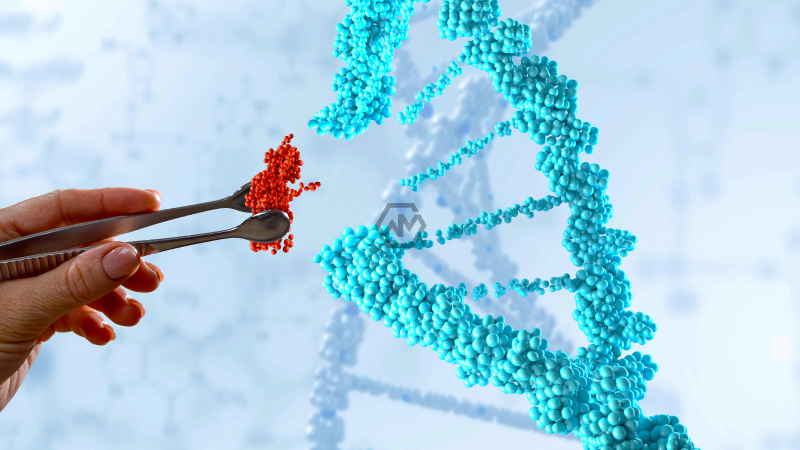- Researchers from Tokyo have created a brand-new polymer that can carry plasmid DNA into T-cells.
- Our immune system uses T-cells to help fight pathogens and keep us healthy.
- a team at Tokyo has developed a novel polymer chemical that can successfully deliver plasmid DNA into floating T-cells.
Researchers from Tokyo Metropolitan University have created a brand-new polymer that can carry plasmid DNA into T-cells during the crucial blood cancer therapy known as CAR-T cell therapy.
The novel polymer outperforms polyion compounds, which are regarded as the industry standard since it is stable, non-toxic, and free of viruses. Our immune system uses T-cells, also known as lymphocytes, to help fight pathogens and keep us healthy.
Genetic Therapy
To make cancer cells a priority target for our immune systems, chimeric antigen receptor (CAR) T-cell therapy involves introducing new genes into T-cells. These new genes result in receptors on the cell surface that can connect to cancer cells.
The crucial stage in this procedure is ex-vivo transfection, and many approaches use viruses since they are inherently effective at delivering genes. However, viruses raise safety issues, and the immune system may combat them directly.
Researchers have used different methods to address this problem, particularly polyion complexes (PICs), which can only deliver genes to T-cells that are linked to surfaces.
Using second-generation polyamidoamine (PAMAM-G2), a team at Tokyo Metropolitan University led by Professor Shoichiro Asayama has developed a novel polymer chemical that can successfully deliver plasmid DNA into floating T-cells.
In experiments on floating T-cells, PAMAM-G2-Gu(53) greatly outperformed branched poly(ethylenimine) or bPEI, the industry-standard PIC for gene transfection.
PAMAM-G2-Gu(53) is a strong candidate for ex-vivo transfection in the next generation of CAR T-cell therapies, an essential therapy option for patients with a variety of terminal illnesses. This is due to its low toxicity and exceptional carrier qualities.



